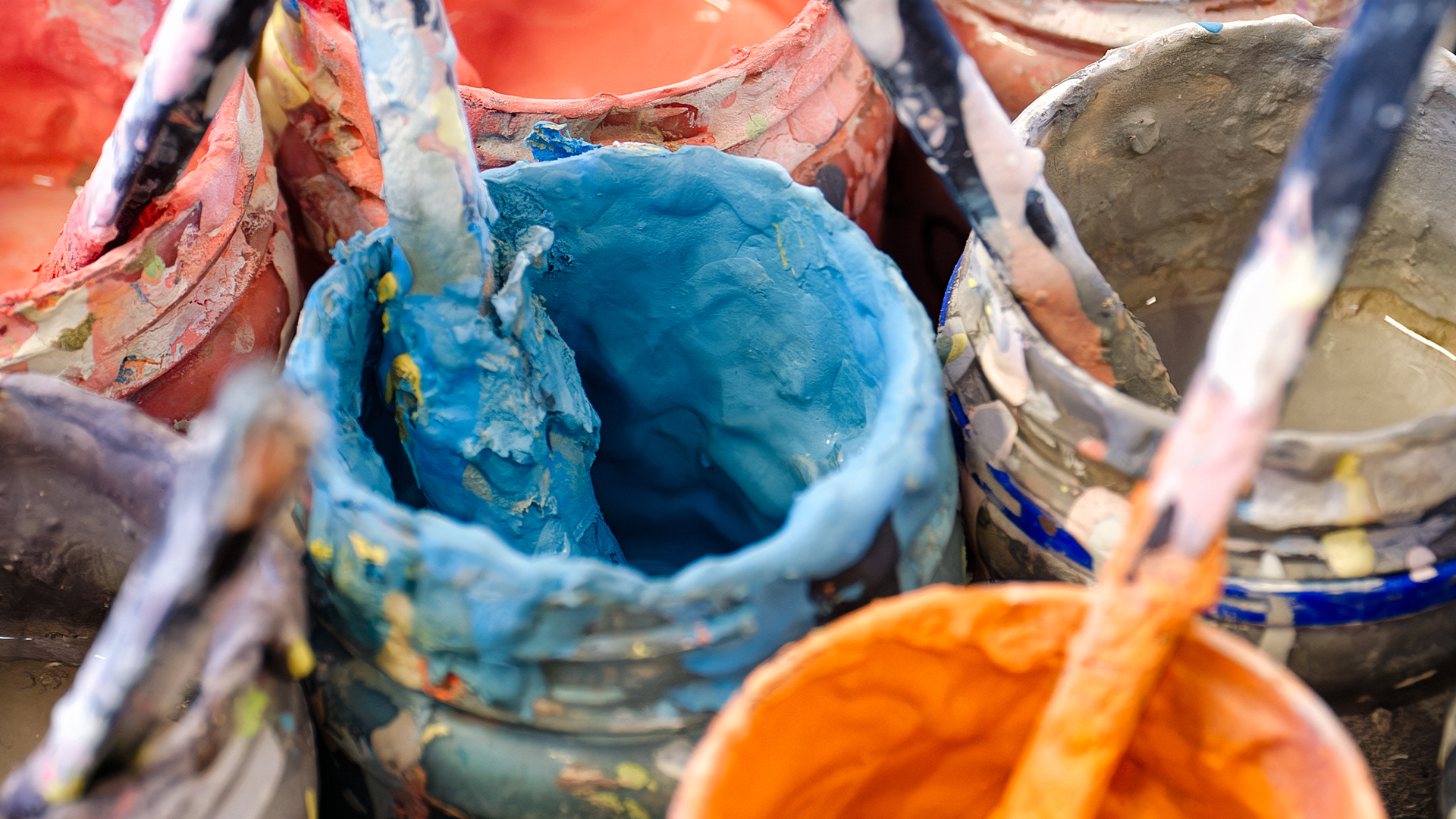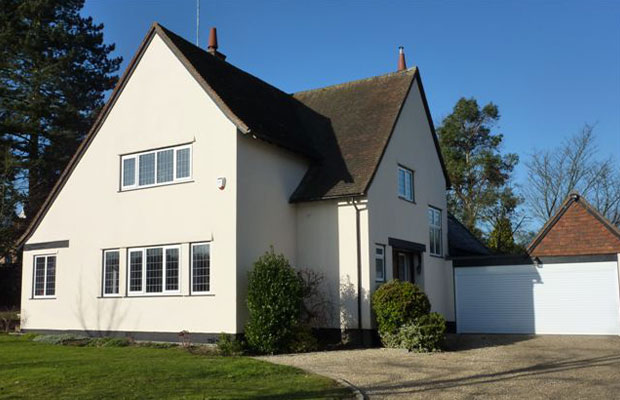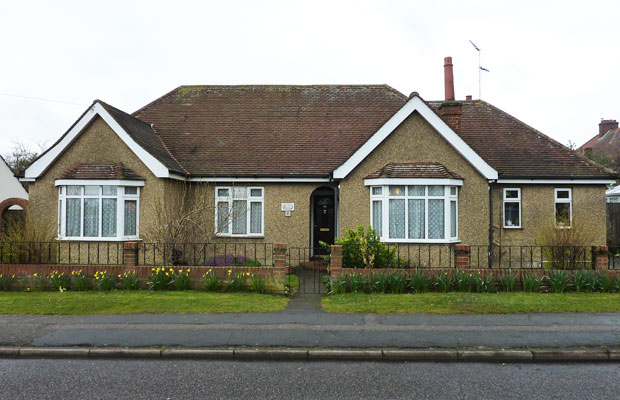Texture paint is an easier and more economical method to add a wow factor to your place, whether you want it on a single wall or an entire section in your home. Even if your home design is modest, a feature wall may provide charm and character most straightforwardly.
Texture paint refers to a rough, gritty application of paint, adding texture to a basic wall using various methods. It nearly has a 3D effect on the walls, and the appropriate colour combinations in wall texture paintings are capable of working wonders. It is a long-term replacement for wallpaper. It’s also sometimes used to hide flaws in the walls.
Thanks to current technologies and breakthroughs in paint technology, you don’t need to rely on costly wallpapers to give your walls the desired texture. Texture paints are the solution to all your problems because they have so much potential.
How do you pick the right texture paint for your walls?
Different approaches are appropriate for different types of walls. Here are some of the most remarkable ways to get a pleasant texture without breaking the bank if you’re looking for trendy Wall texture paint ideas.
Techniques such as brush slap texture, skip towel, Rosebud stomp, swirl, and others are ideal for dry walls.
If colours aren’t your thing, plain white paint with a complex technique like a hand towel can be used to keep the texture paint wall design distinctive.
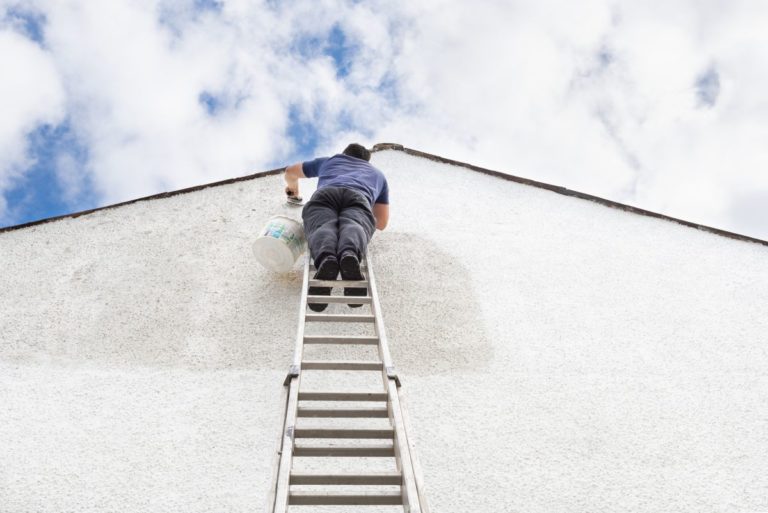
What is the best way to apply texture paint?
A wide range of instruments may produce wall texture paint designs, like roller, paintbrush, spray can, sponge and spatula.
How to Use Joint Compound for Wall texturing?
For DIYers, texturing a wall with drywall mud or joint compound is forgiving since its extended drying period lets you wipe it away and start over if required.
- Begin by thorough wall cleaning and letting them dry completely.
- Mix the joint compound and water in specified quantities as per the manufacturer’s directions. The finished product should be like a thick batter.
- Spread it out on the wall with a wide putty knife or a trowel.
- Immerse a sponge in the prepared mixture and pat it on the wall until it provides a stucco-like texture.
- Use a notched trowel for making lines in the joint compound for a ridged or crosshatched pattern.
- Use a stomp brush to stamp the compound on the ceiling or wall for a knockdown texture. Then scrape the left-over peaks by the brush with a putty knife. Applying excessive pressure over the blade can cause more texture to be accidentally smoothed.
- After you’ve finished texturing the entire wall, take a step back and complete the spot touch-ups. As required, add/ remove the compound.
- Allow a minimum of 24 hours for the compound to cure before painting.
How to Use a Texture Sprayer for Wall texturing?
A drywall texture sprayer helps get a texture like the orange peel on your walls or a popcorn-like texture for your ceiling. A texture sprayer is used to apply denser joint compounds over vast surfaces evenly. This is the simplest way to texturise ceilings.
To understand the usage of a texture sprayer for wall texturing, follow the instructions below:
- Allow the walls to dry completely after cleaning them.
- Follow the manufacturer’s directions for mixing the compound and water. The texture sprayer might require a more extensive water content in the compound mix than that recommended by the compound manufacturer.
- Plastic drop sheets can cover floors, furniture, and walls that don’t have to be textured. Sprayers for texture are inaccurate and messy.
- Fill the hopper of the texture sprayer with the compound.
- To get the texture you want, change the nozzles and airflow.
- The compound sprayed over the wall will be reduced if the airflow increases. The quantity of compound sprayed will rise when the airflow is reduced.
- Spray the compound on the walls in calm, uniform motions.
- Complete one wall at once to allow you to take rests while maintaining a consistent texture on all of them.
- Allow a minimum of 24 hours for the compound to set before applying the paint.
How to Use a Sponge for Wall Texturing?
If you want the illusion of texture without putting a coating of joint compound, you may create a faux texture effect using a paint sponge. Because it only involves a few ingredients and no prior painting knowledge, this is the simplest way to texture the walls. This faux finish takes less time than with a joint compound.
Try this sponging technique to texture walls with paint:
- Let the walls dry completely after cleaning them.
- If you want to modify the underlying wall’s colour, paint it as usual and let it dry.
- Dip and soak the sponge in paint of the same or different colour as the underlying paint coat.
- Using the sponge, dab it on the wall in a textured pattern until the whole of the wall is coated to your satisfaction.
- Synthetic sponges produce homogeneous, square prints, but sea sponges make random, natural ones.
- To do the same in the corners, cut a sponge into small strips.
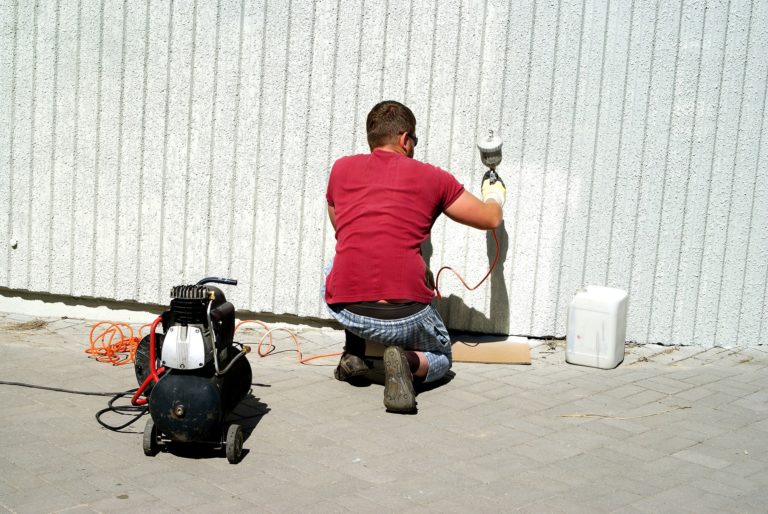
How to Use a Roller for wall texturing?
A paint roller is another way to help with wall textures. This is an essential technique for adding textured paint to a surface or creating a false finish.
Using textured paint or joint compound to add texture
- Let the walls completely dry after cleaning them.
- Follow the manufacturer’s directions to mix the compound plus water.
- Pour the compound into the paint tray, then roll it on the wall using a paint roller.
- Roll again over the wall when the compound on the wall has partially dried. As a result, the partially dry substance will be pulled up, creating an attractive 3D texture.
- Texturise corners with a brush.
- You may also paint the walls after the compound has cured fully, which should take about 24 hours.
- While using textured paint, read the manufacturer’s directions to see if only one coat is recommended.
- Use a thick-nap roller for a more distinct texture.
Conclusion
Textured walls can instantly transform the look of any boring room. Whether you’re searching for something subtle and subdued or want to go all out, there’s something for everyone. A smart colour combination and a wall texture painting can do the job nicely. And if you employ the latest texture painting trends, everyone will be envious of your walls.



